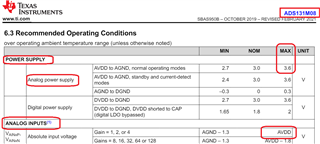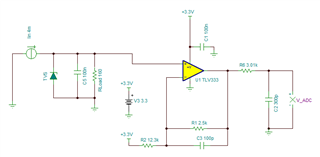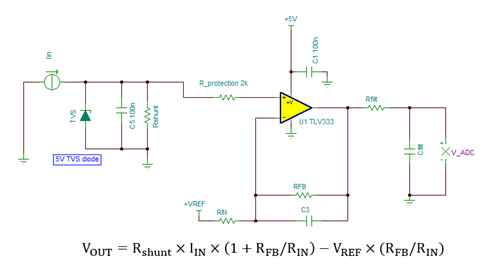Other Parts Discussed in Thread: ADS131M08, , TLV333, ADS1220, XTR111
Dear Team,
We have selected the ADC ADS131M08 but we have certain requirement of ADC for signal conditioning i.e I - V converter. could you suggest whether RCV420 is compatible for our requirement or some other part number which we can consider for signal conditioning for ADC with low cost ?
our voltage requirement is 0 - 5v.
Kindly check this and let me know.
Hoping to hear from you soon.
Thanks and Regards,
Prajwal Bhuse
design@avyannatech.com









